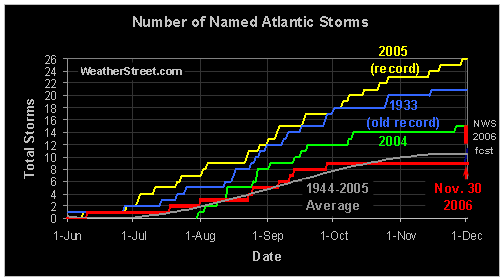South Texas deluge Round 2
 South Texas needs to prepare for another deluge like we had last week. Hurricane Paul is slowly heading towards the Mexican coast at approximately six miles per hour. At this slow speed, rainfall amounts over any given area can be expected to be rather significant.
South Texas needs to prepare for another deluge like we had last week. Hurricane Paul is slowly heading towards the Mexican coast at approximately six miles per hour. At this slow speed, rainfall amounts over any given area can be expected to be rather significant.Paul was a strong Cat 2 storm this morning but is already a Cat 1 with winds at 90 MPH. Once the storm hits land the winds will die off but the rain will continue.
Extrapolating the path of the storm indicates, in my opinion, a strong potential for heavy rain in south to central Texas. With a high pressure system located over northern Louisiana and another near the four corners region the storm will likely be channeled right into the Lone Star State. A front will be passing through here sometime on Thursday so it could pull the storm towards the Gulf. My untrained opinion is that we will see the remnants of Paul settle in across the central Texas Hill Country and into the Houston area.
The short of it is that I expect we will get very wet this weekend or early next week.

Trackbacked to Dumb Ox News














